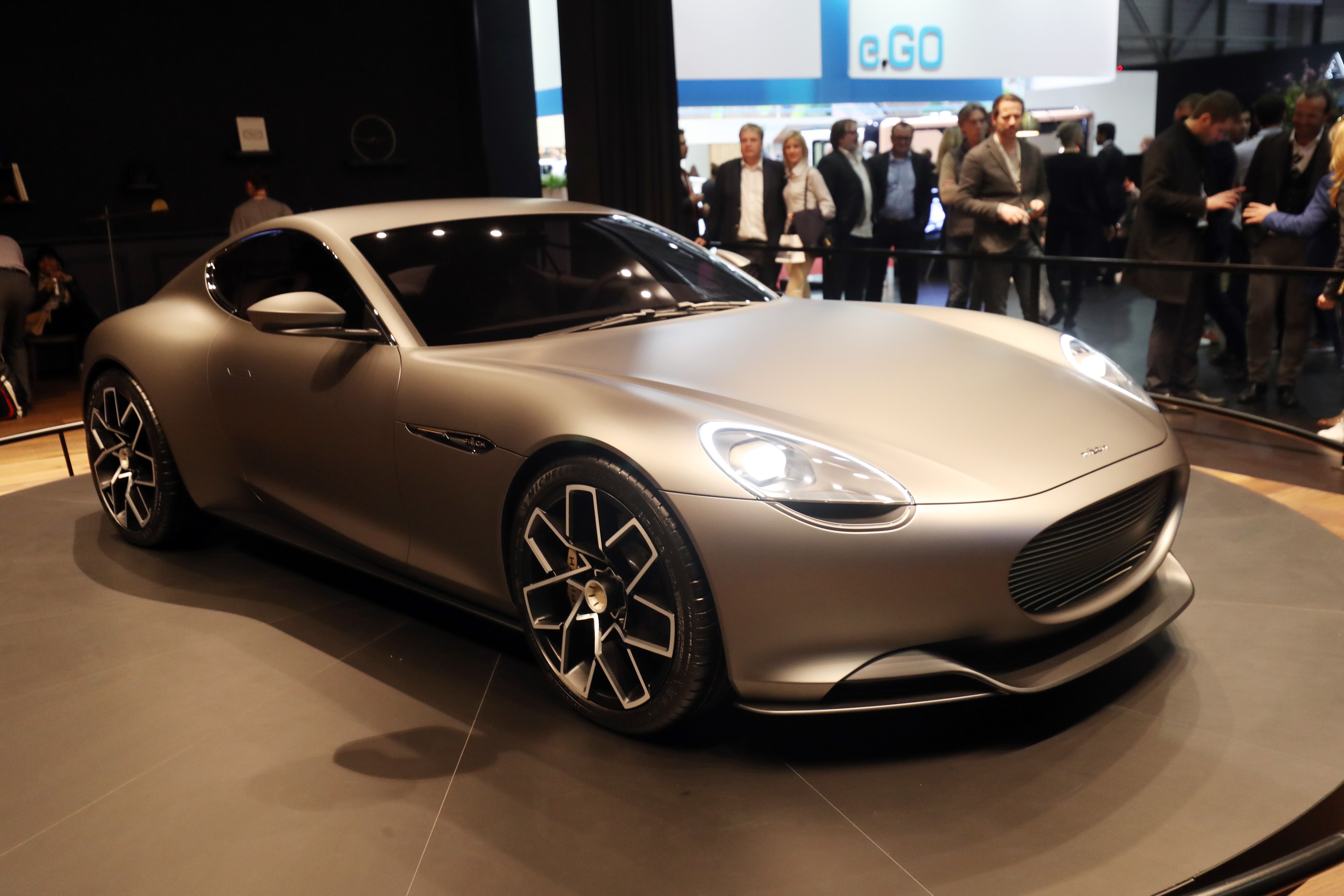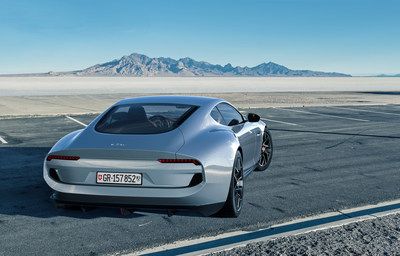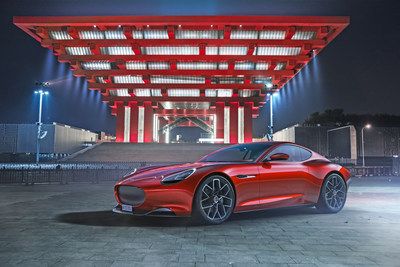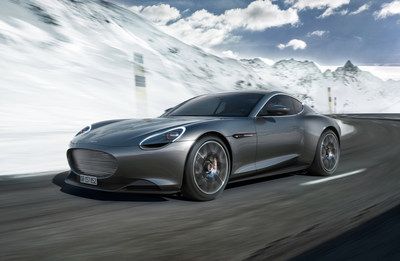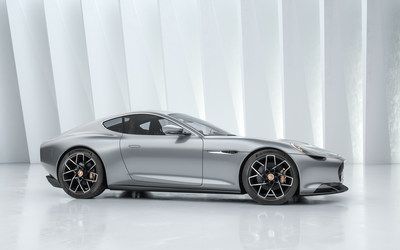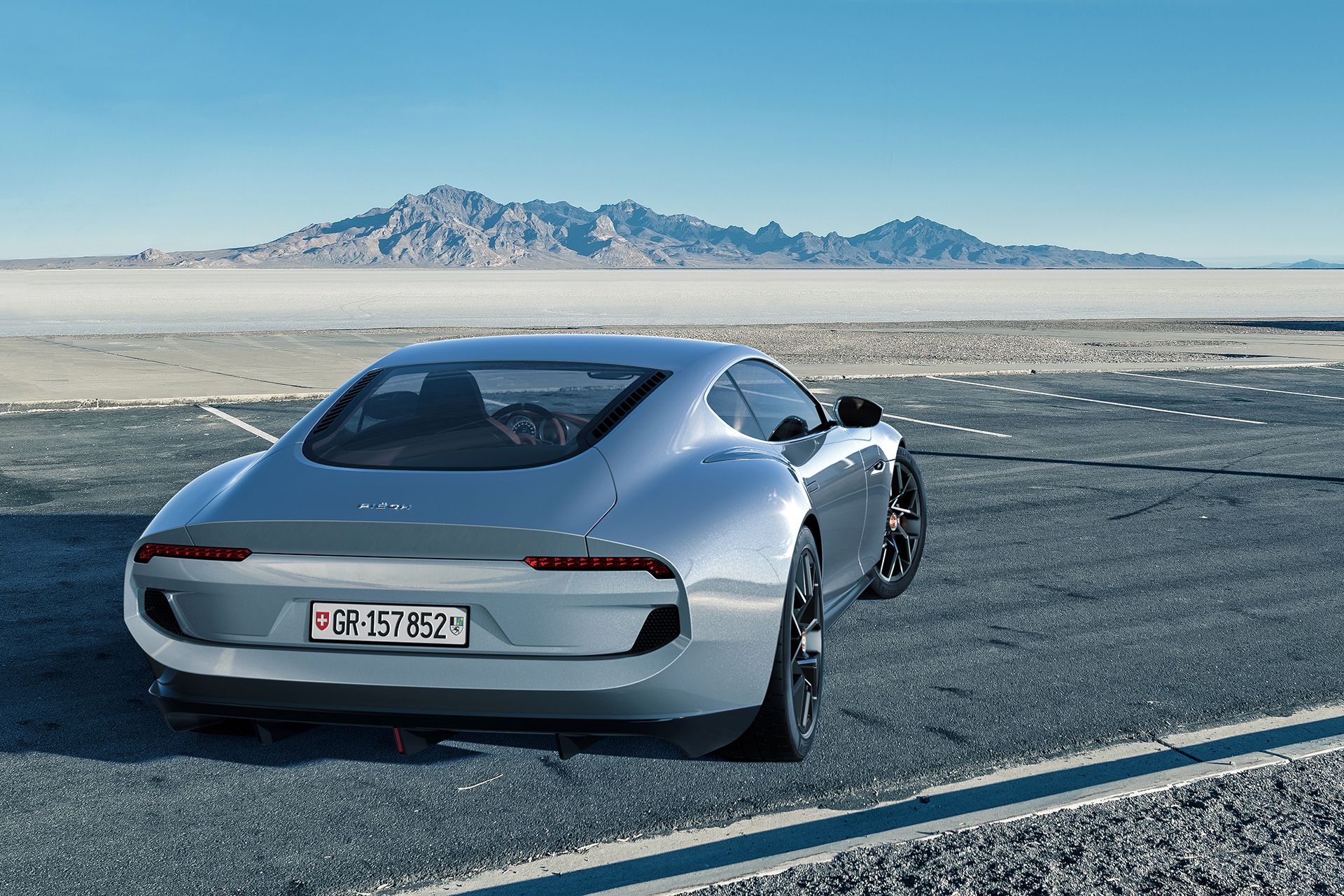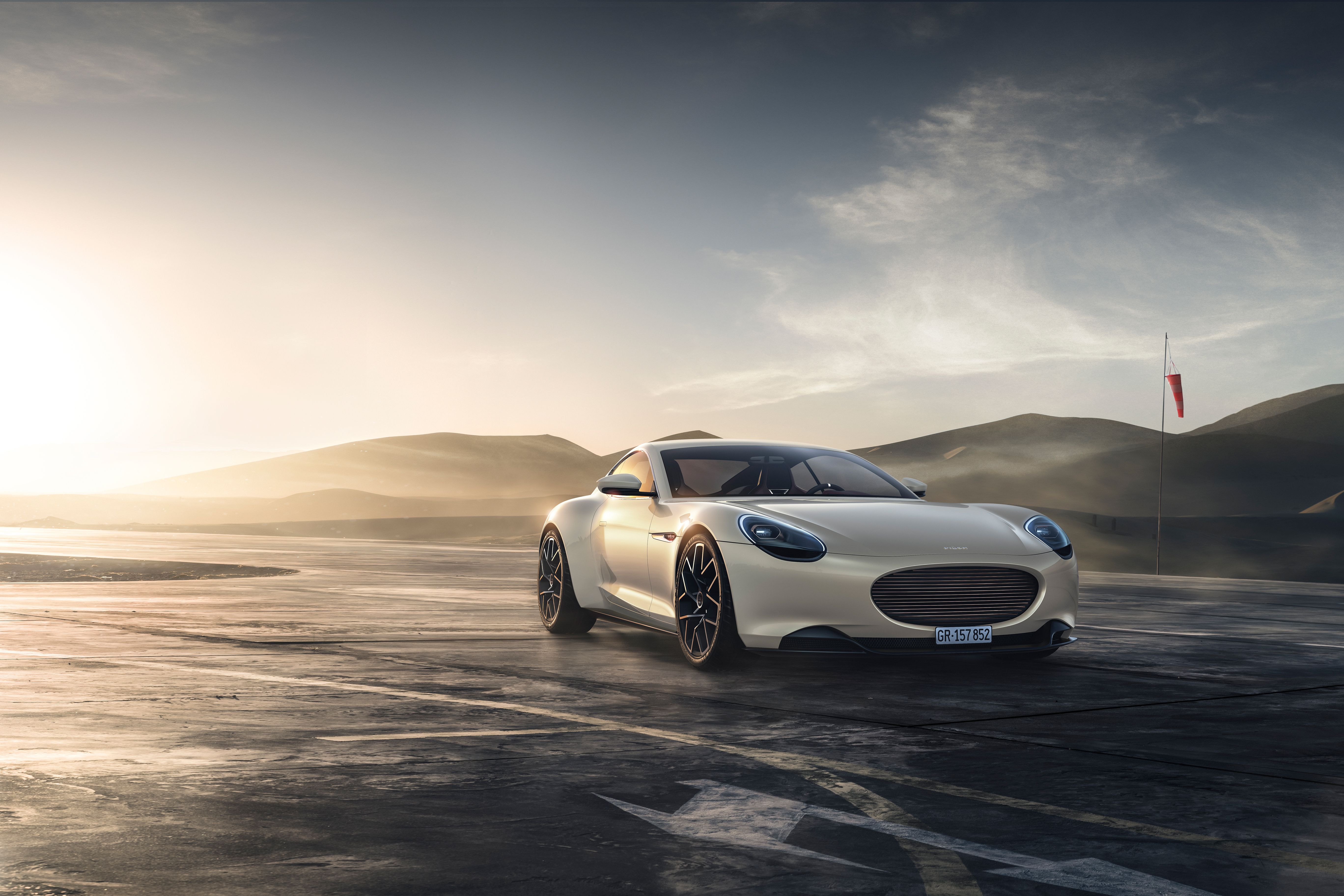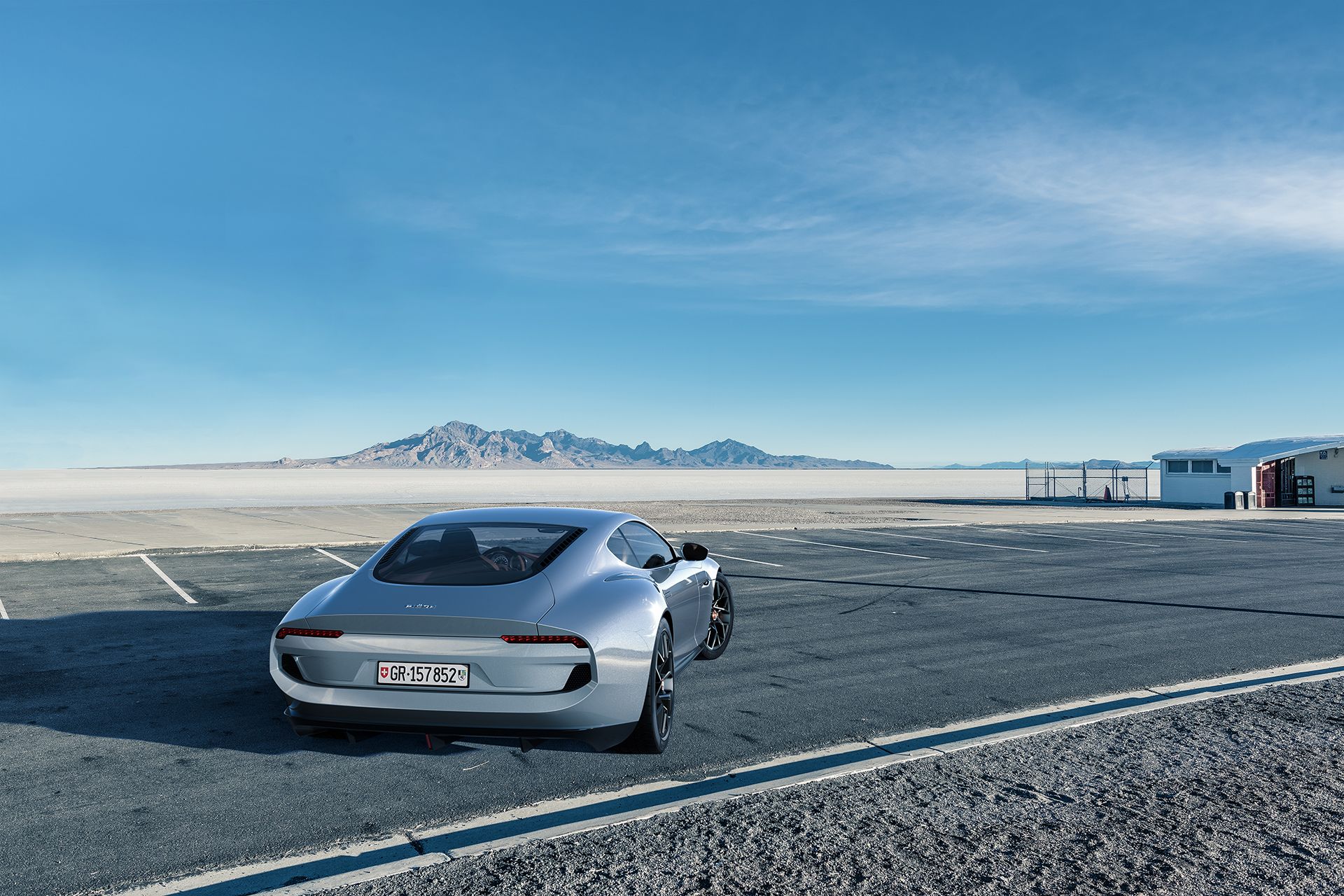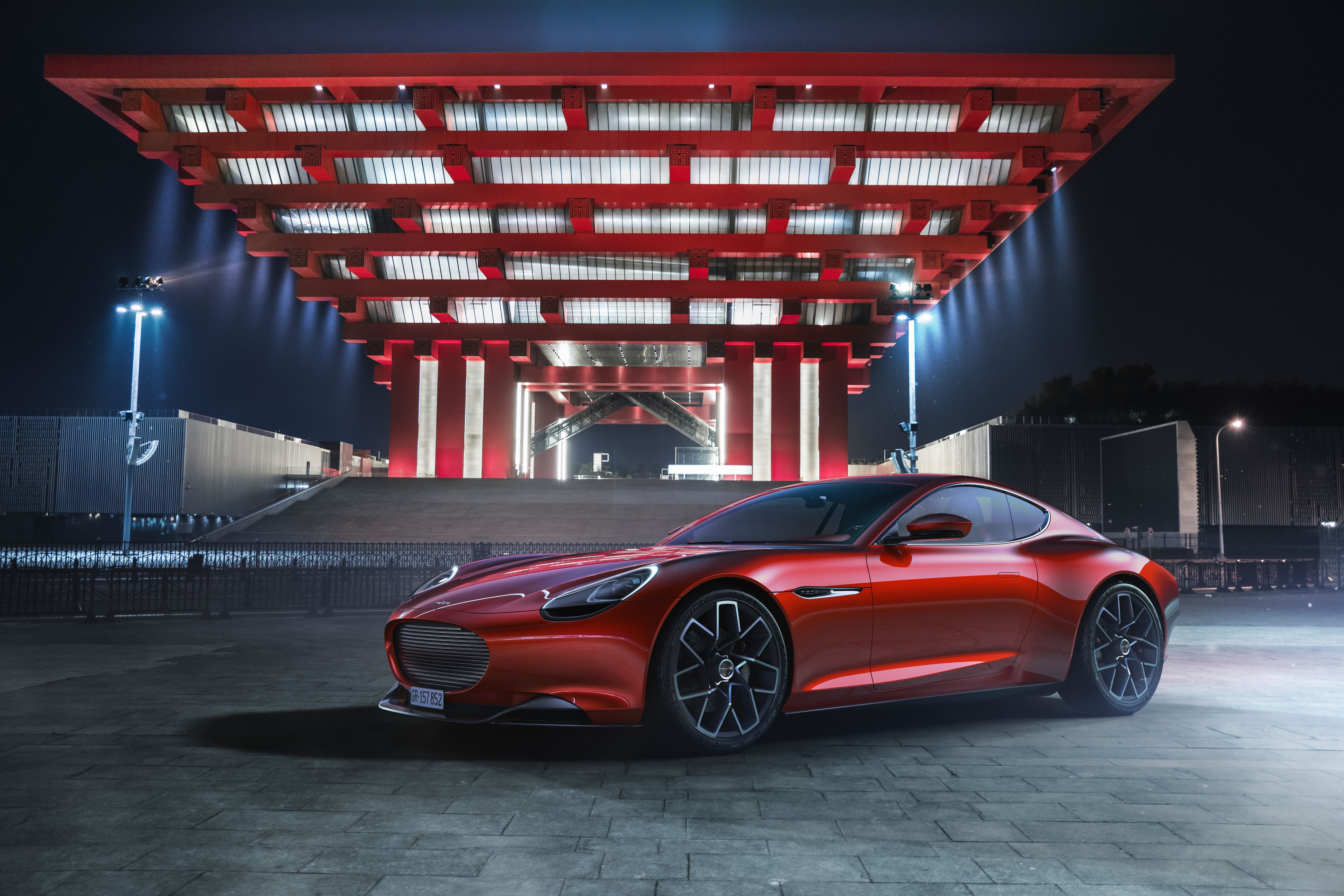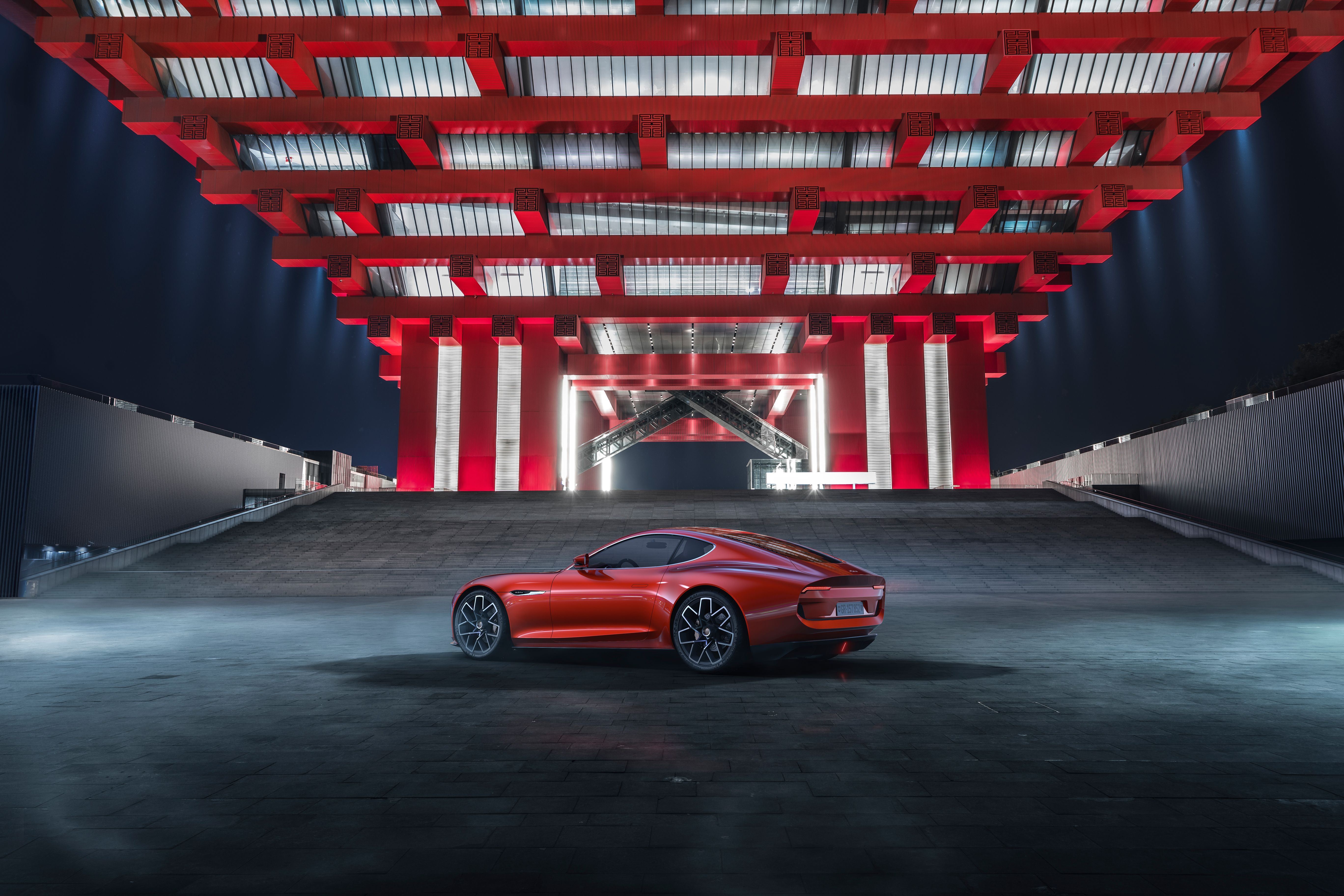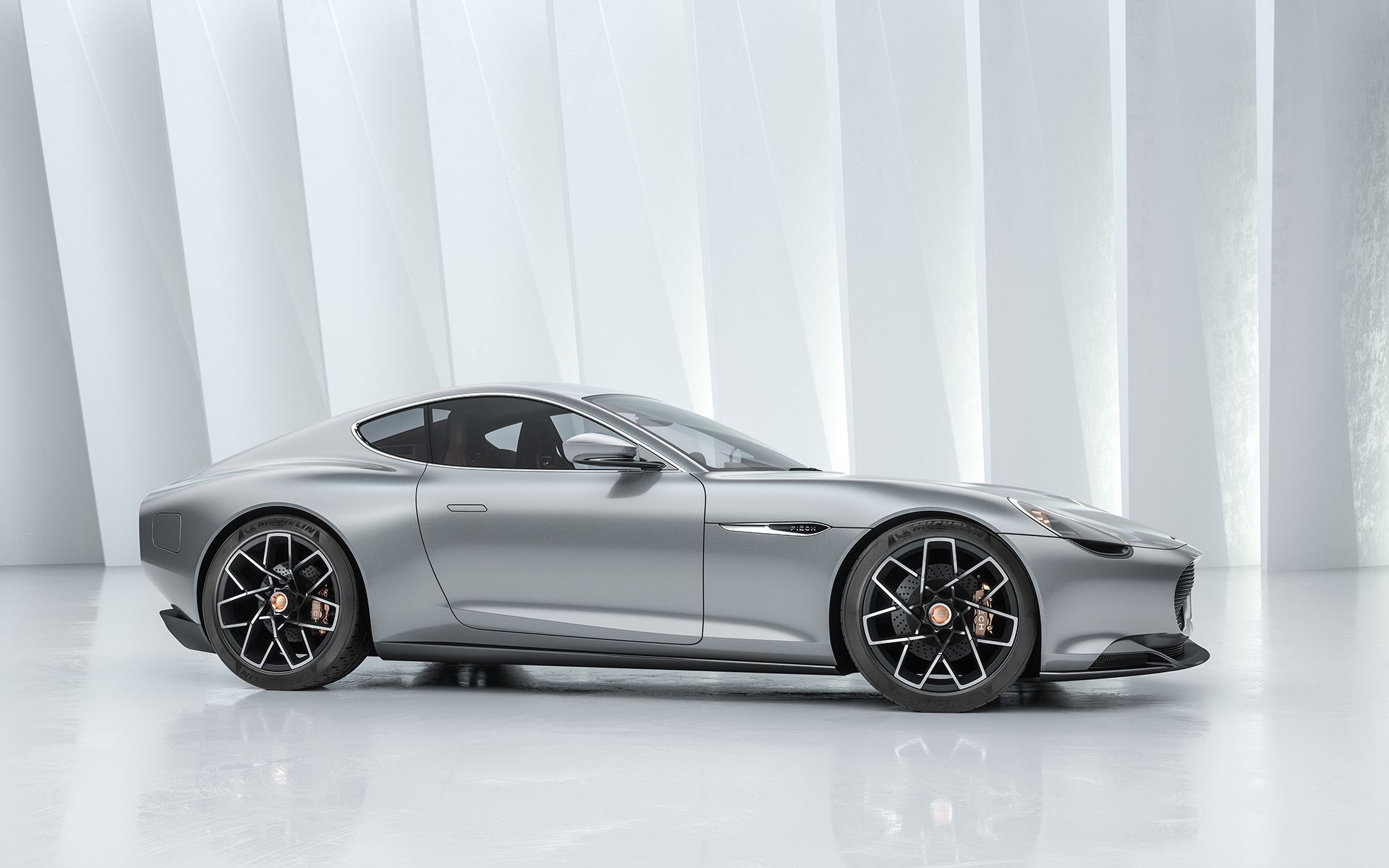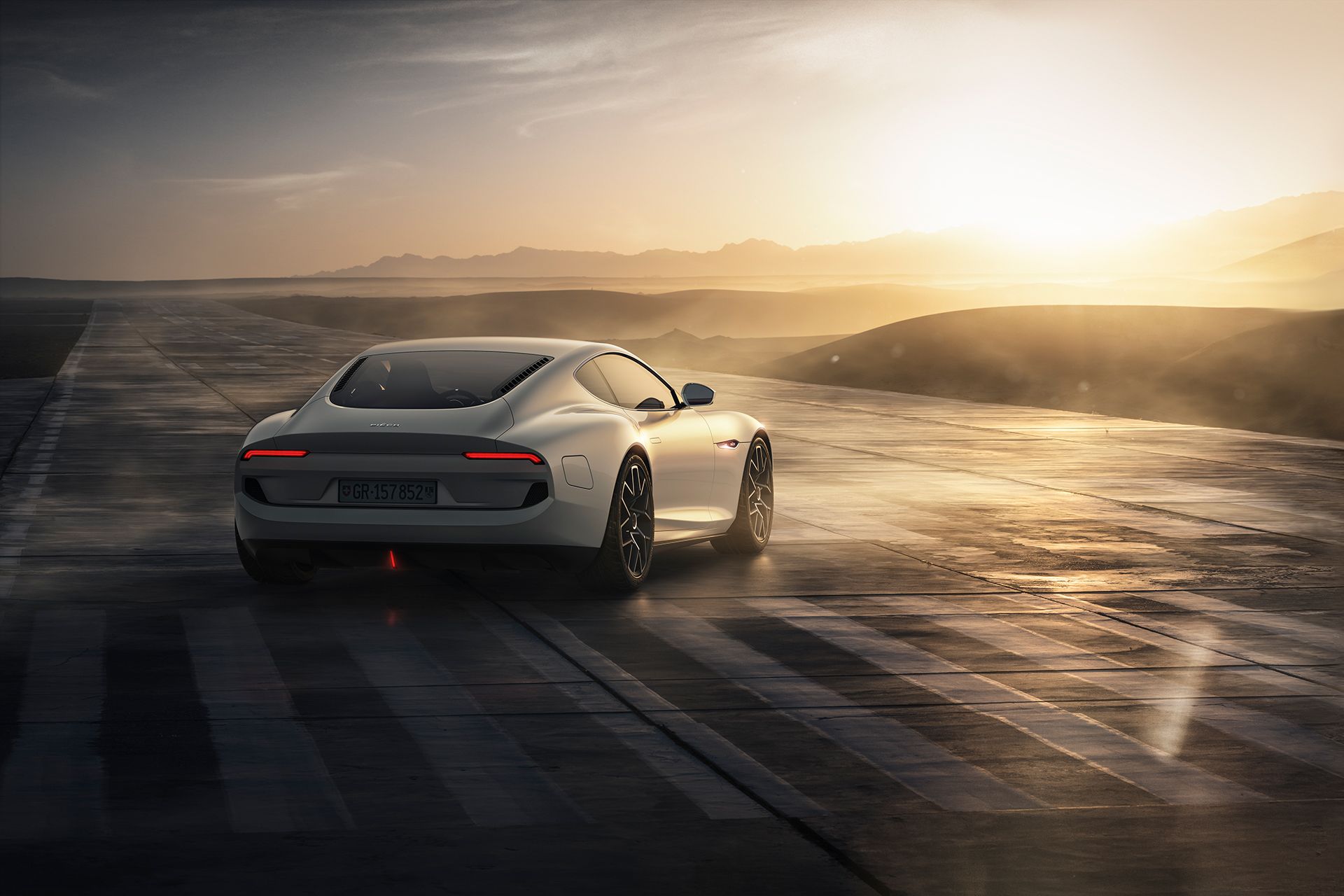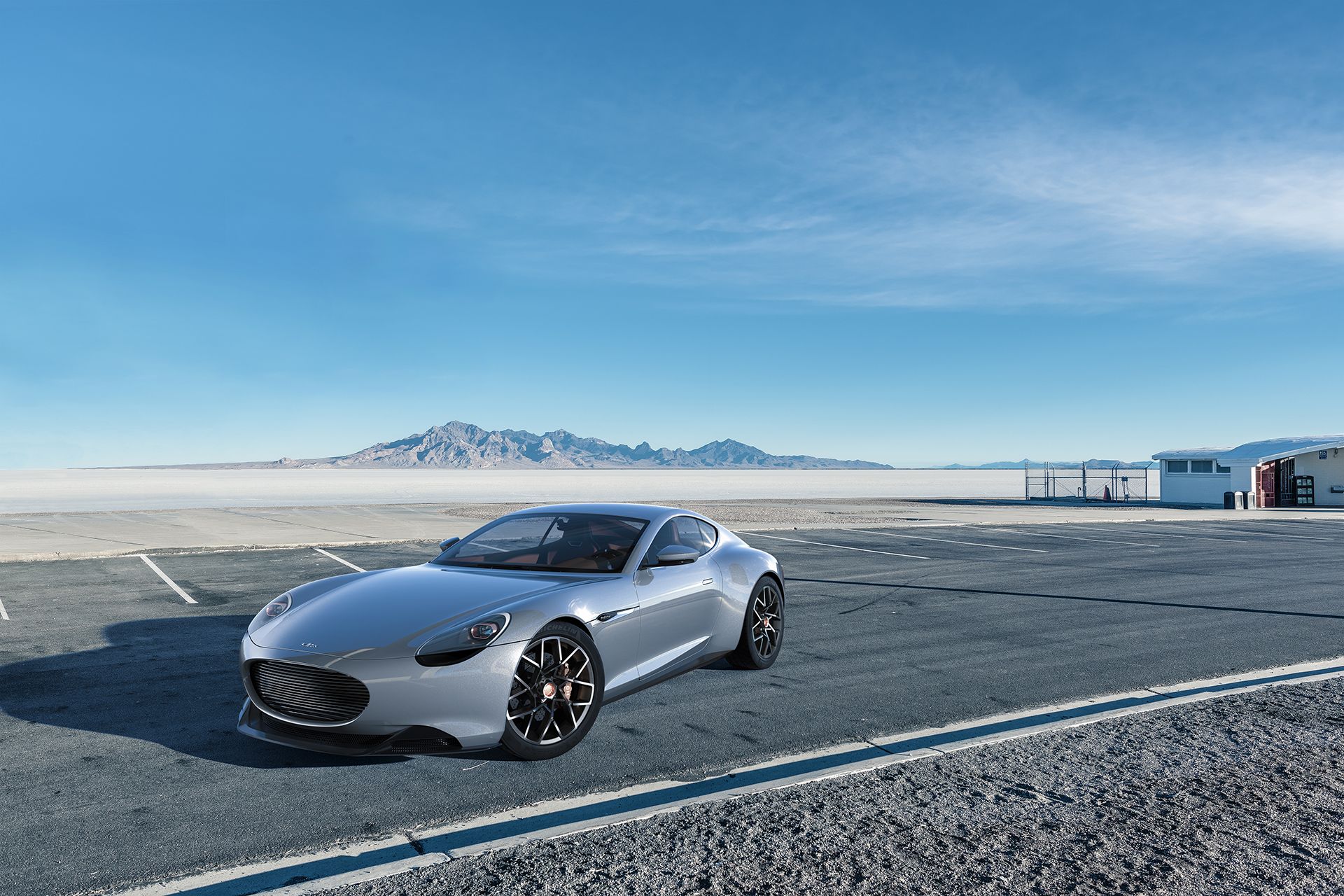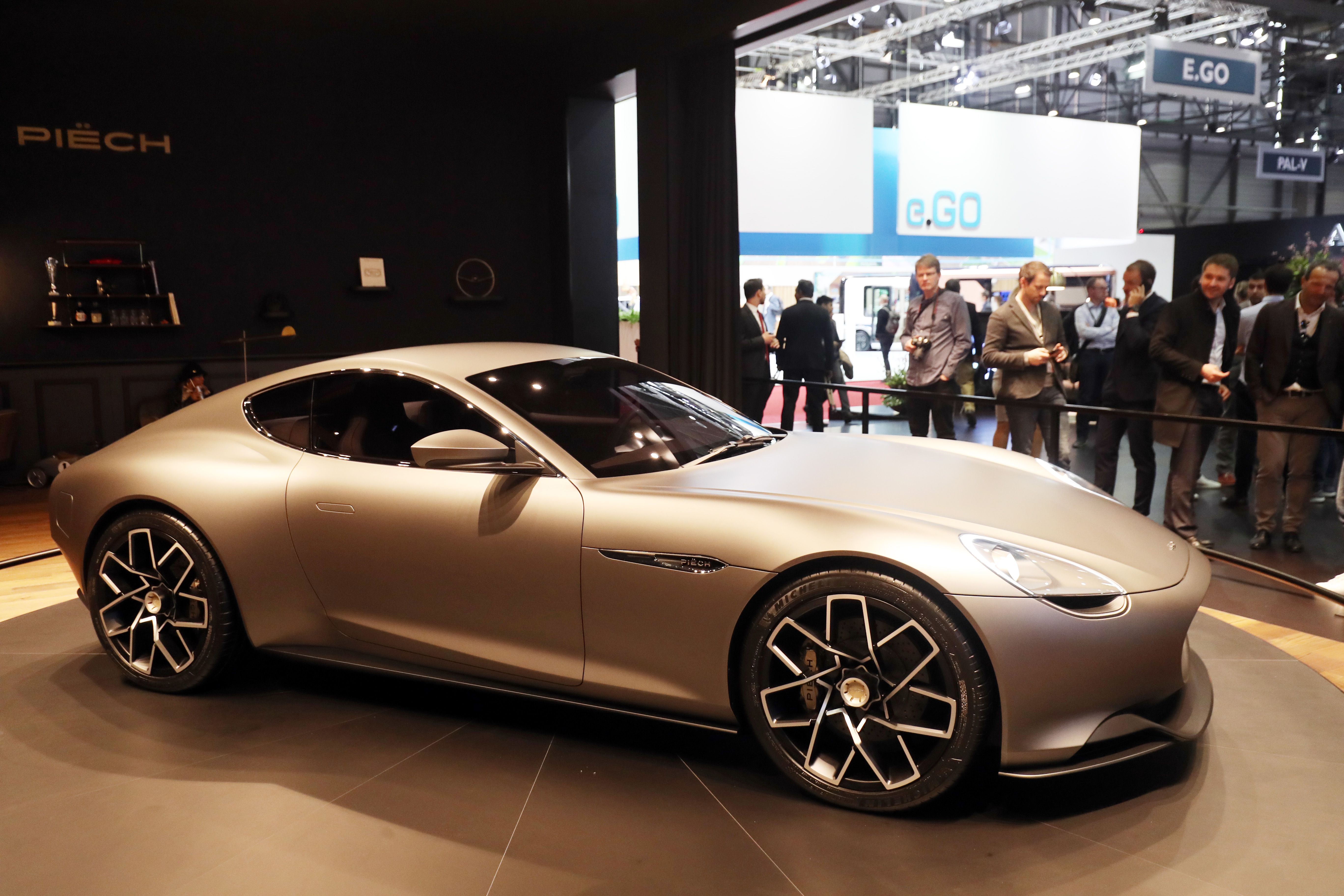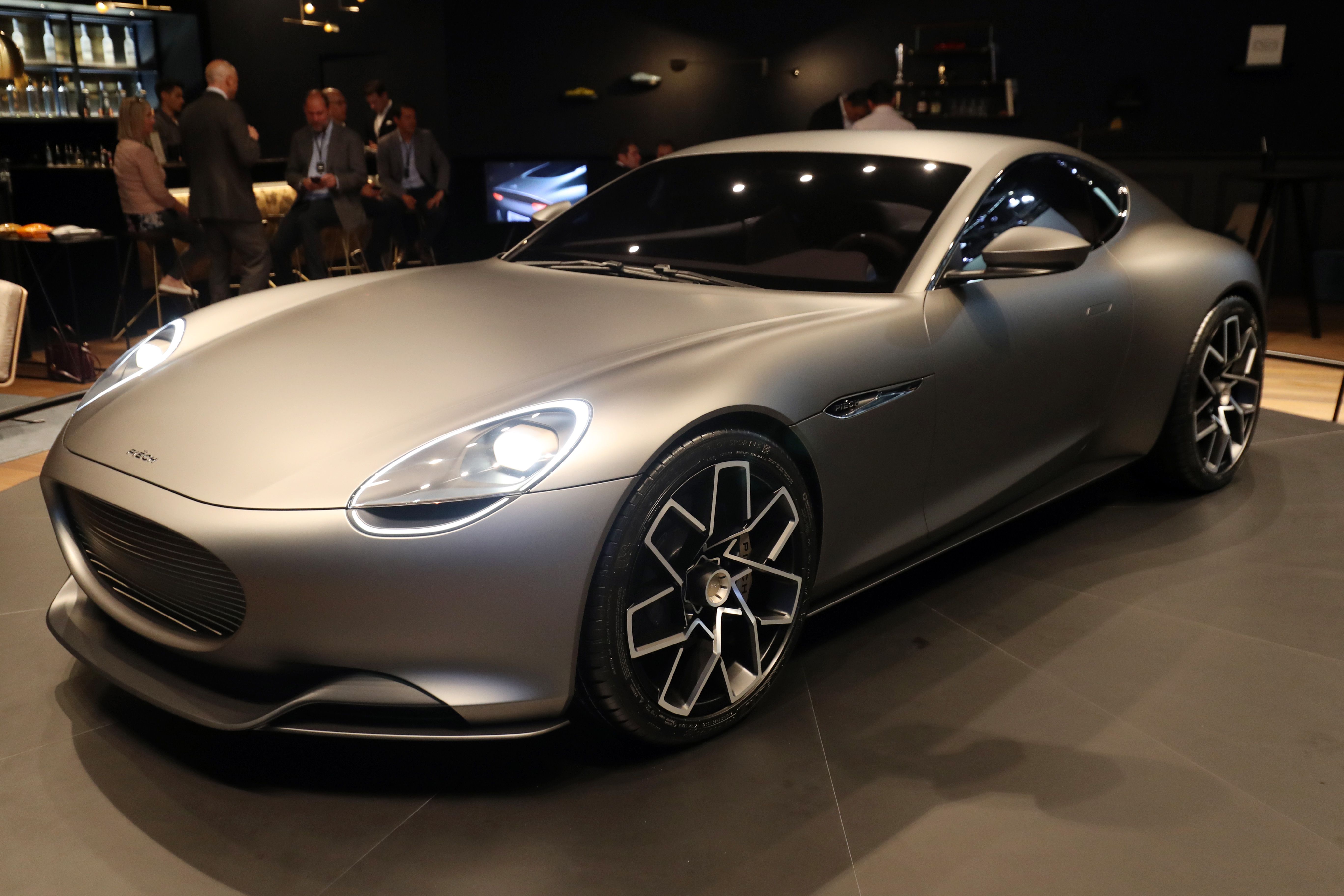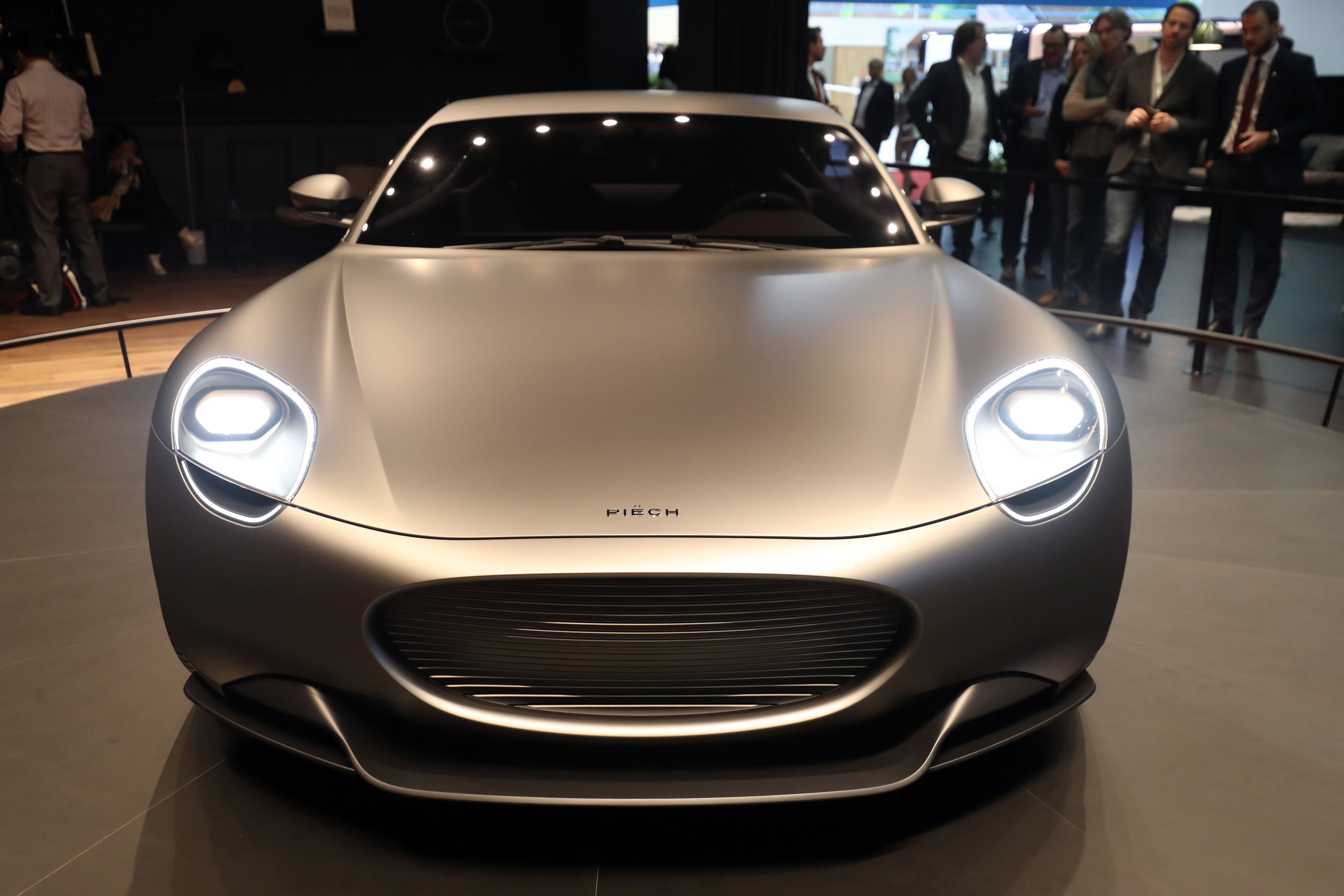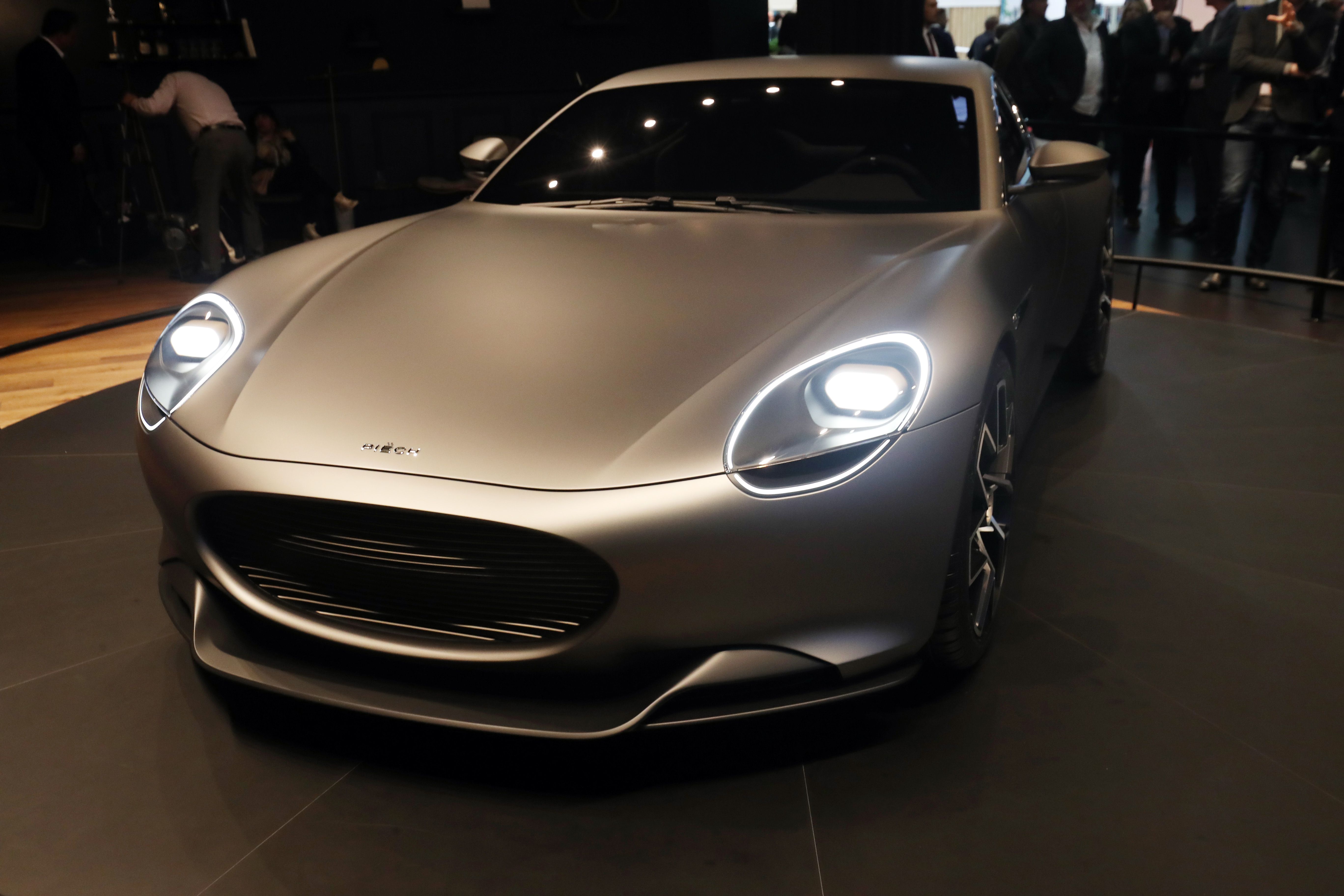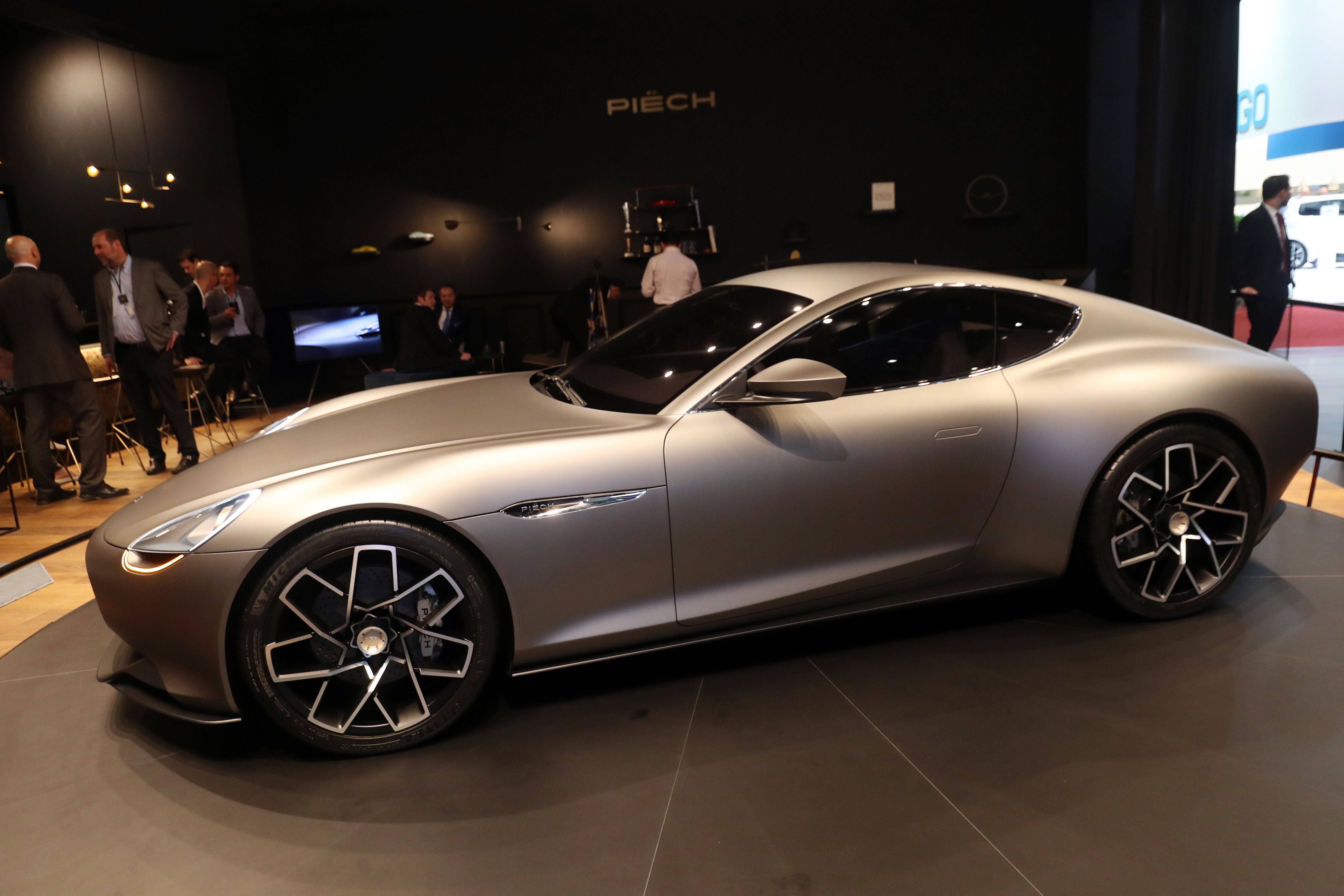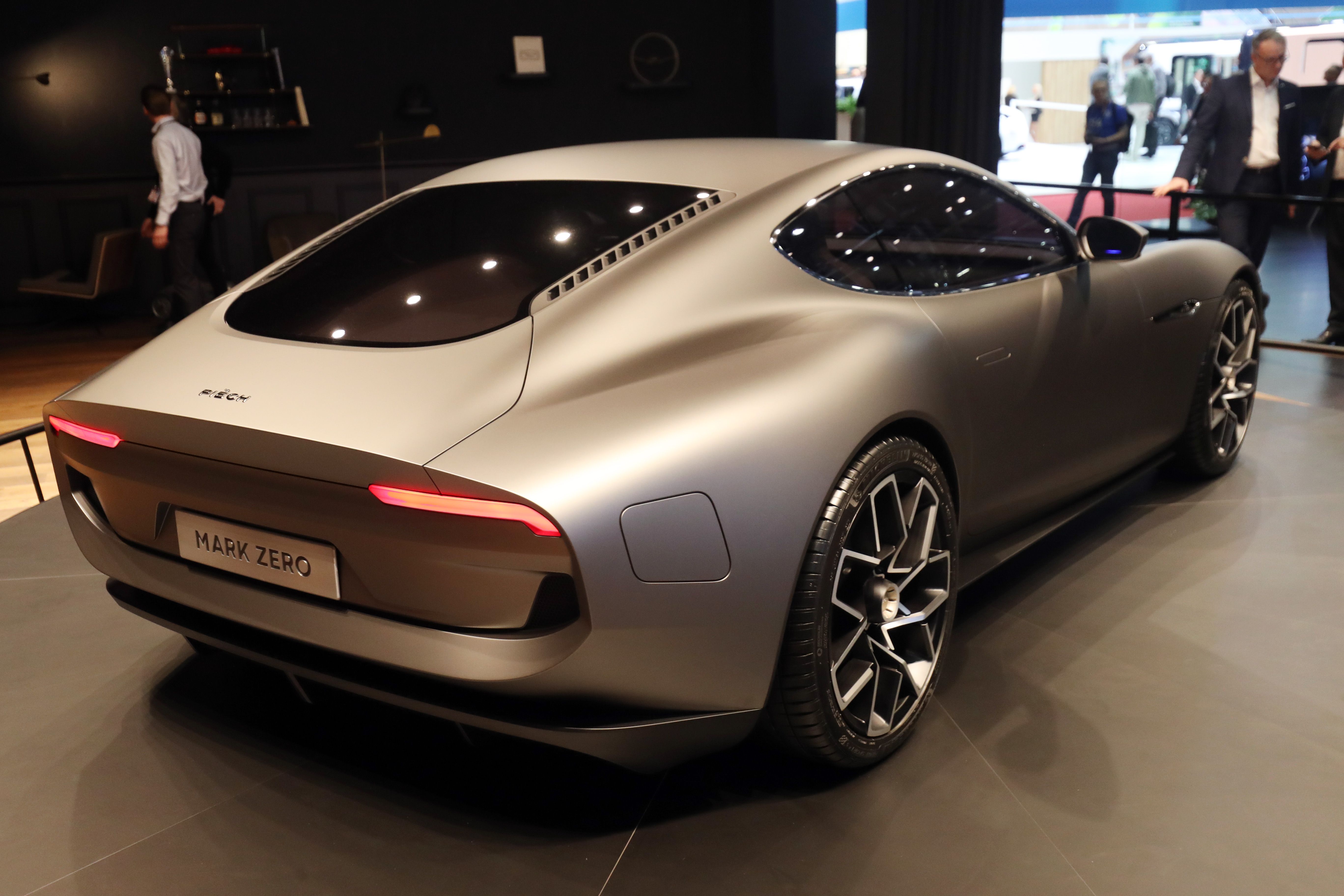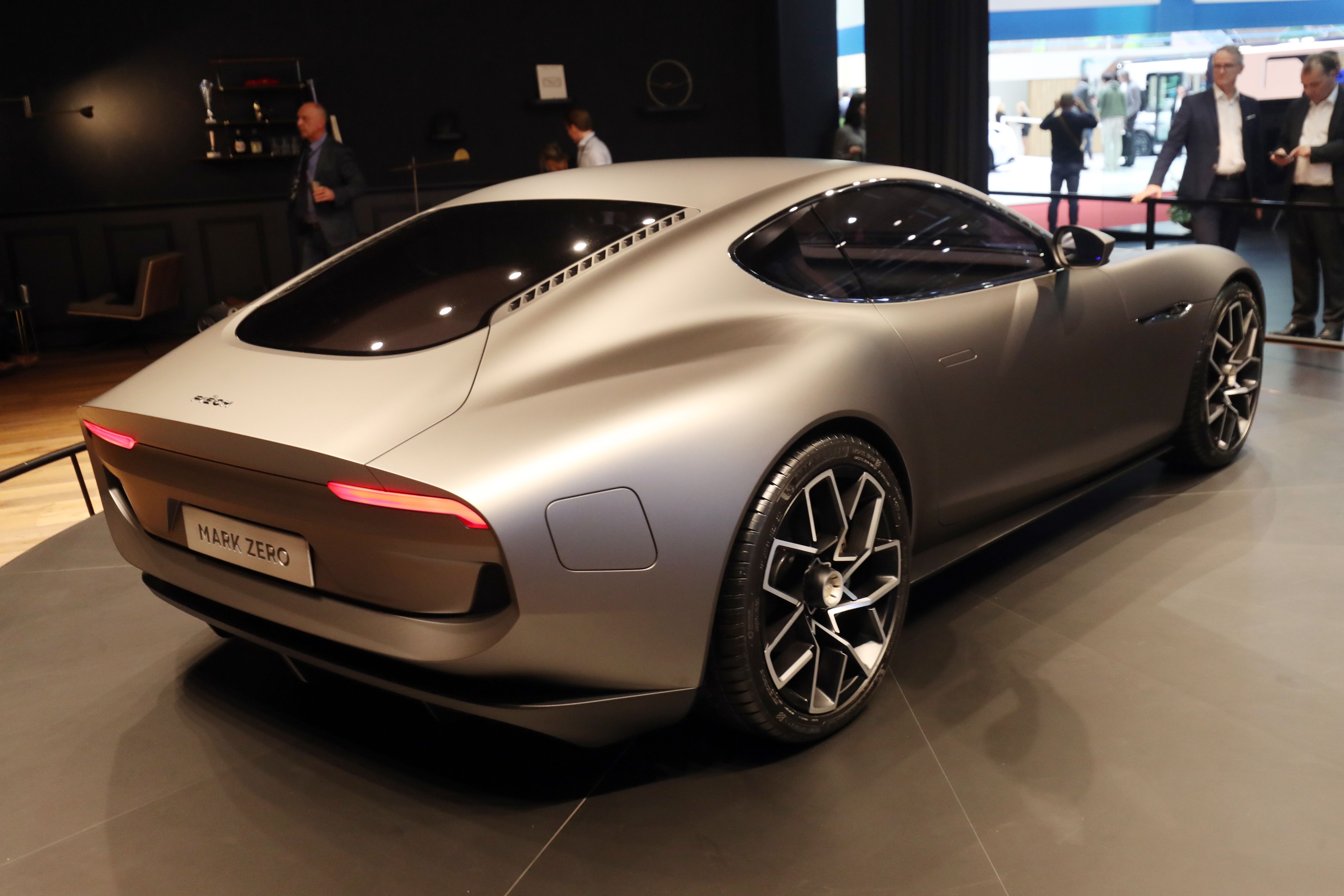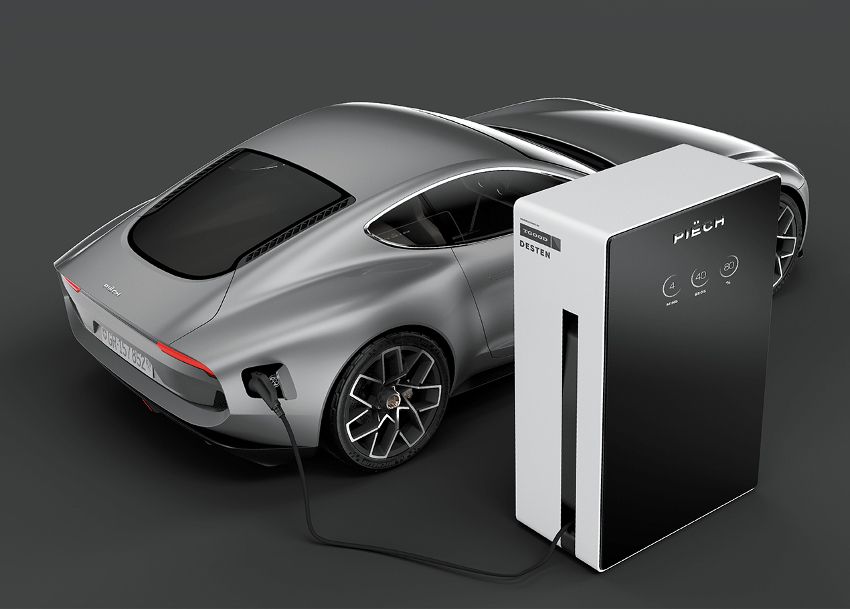Switzerland is known for a lot of things - chocolate, ski resorts, a square flag… but all-electric sports cars? Not so much. However, that could very well change with the introduction of the 2019 Piëch Mark Zero. Offered as the very first model from Piëch Automotive, a German-Swiss automaker based out of Zürich and Munich, the Mark Zero is a high-powered two-door EV with grand tourer aspirations, plus a low-three-second 0-to-60 mph time and head-turning good looks. Making its formal public debut with home-field advantage at the 2019 Geneva Motor Show, the Mark Zero could also provide the underpinnings for a number of upcoming models, as well as the most important EV battery tech upgrade of the modern era.
2019 Piëch Mark Zero
- Make: Array
- Model: 2019 Piëch Mark Zero
- [do not use] Vehicle Model: Array
2019 Piëch Mark Zero Exterior Styling
While most boutique automakers struggle when it comes to crafting an attractive exterior design for their first model, Piëch Automotive seems to have hit the nail on the head. The 2019 Piëch Mark Zero looks like a legit grand tourer, with styling cues that seem to pull from a number of modern mainstream vehicles, including the Aston Martin Vanquish, the TVR Sagaris, the Ferrari 812 Superfast, and the Maserati GranTurismo.
And that’s a very good thing - those are some very pretty cars to be associated with, and while there are some out there who will no doubt label the Mark Zero as an Aston Martin/TVR/Ferrari/Maserati knockoff, all we’ve gotta say is - if you’re gonna steal, steal from the best!
Moving to the sides, the Mark Zero mounts large wheels covered by thin tires, which tuck under the flared arches just ahead of a set of horizontal fender strakes. Lower character lines add extra visual rake, while the teardrop-shaped canopy sends the roofline into the tail at an attractive angle, accentuated by cab-back proportions and a long hood line.
In terms of size, the Mark Zero is relatively close to the 2018 Aston Martin Vantage, which offers an overall length of 176 inches, an overall width of 76 inches, and an overall height of 50 inches. By comparison, the Mark Zero is 1.5 inches shorter, 2.4 inches wider, and 0.8 inches lower.
2019 Piëch Mark Zero Exterior Dimensions
|
Overall Length |
4,432mm (174.5 inches) |
|
Overall Width (w/o mirrors) |
1,991mm (78.4 inches) |
|
Overall Height |
1,250mm (49.2 inches) |
|
Front Overhang |
897mm (35.3 inches) |
|
Rear Overhang |
915mm (36 inches) |
|
Wheelbase |
2,620mm (103.1 inches) |
2019 Piëch Mark Zero Interior Design
Unfortunately, we have no idea what the 2019 Piëch Mark Zero looks on the inside, as the automaker has declined to offer up any glimpses at the cabin as of this writing (03/11/2019). However, that doesn’t mean we can’t speculate a little.
First off, given Piëch Automotive is still a relatively small, boutique automaker, we expect customers will have a number of customization options inside, from the colors, to the materials, to the infotainment features. A large touchscreen in the center console will run the various onboard features, while hard buttons should be at a minimum.
As for the layout itself, drivers and passengers will sit in deeply bolstered bucket seats covered in leather upholstery.
Seating capacity will be capped at two, but there might be a relatively small rear storage area for various bits of cargo. Something big enough for a suitcase sounds about right. GT cars are meant for the occasional fun overnight trip, after all.
Piëch Automotive also says it has plans to incorporate autonomous technology into future models. However, details on this are scant, and besides, the most important stuff is the way in which this thing drives.
2019 Piëch Mark Zero Drivetrain And Performance
While zesty good looks and a comfortable interior are all well and good, an EV lives and dies by its powertrain. As such, Piëch Automotive spared no expense in developing what could very well be a complete game-changer in the world of EVs.
First, let’s talk about what makes the 2019 Piëch Mark Zero go.
Total horsepower is not yet known (it’s not always as simple as adding all the numbers together), but either way, this thing is definitely quick, with 60 mph arriving in just over three seconds. Top speed is predictably low (EVs tend to run out of puff the faster they go), rated at 155 mph.
Lay off the skinny pedal, and you’ll be going pretty far between plug-in sessions, with max range rated at 500 km, or 311 miles. For the sake of comparison the Tesla Model S 100D offers 335 miles per charge. And while that’s all quite impressive stuff, the 2019 Piëch Mark Zero’s potentially game-changing moment happens as soon as you plug it in.
You see, Piëch claims that the Mark Zero is equipped with a new type of battery cell that’s capable of reaching an 80-percent charge capacity (roughly 250 miles) in just four minutes and 40 seconds. For the sake of comparison, the 2019 Tesla Model 3 takes 30 minutes to recharge an additional 170 miles when plugged into a Supercharger station.
That said, we’ve gotta take Piëch Automotive’s claims with a grain of salt. For now, all this is nothing more than a claim made in a press release, so we’ll wait until we see the recharge technology in action to declare the Mark Zero as our new EV savior.
Moving on, Piëch Automotive claims that the battery pack doesn’t heat up as much as other packs when charging or discharging, as it uses a special type of cell that somehow mitigates big temperature swings while in use, therefore allowing for higher overall currents (both on the charge and discharge side). This helps with the stated recharge times, but it also helps with weight. Because the pack only requires air cooling, this special type of pack cuts out roughly 200 kg (441 pounds) compared to something like a liquid-cooled system.
Under the body panels, the Piëch Mark Zero is built on a “flexible and open vehicle architecture.” This modular approach means the platform can be adapted to a number of different models and body types, something which is particularly useful for an up-and-coming automaker with relatively limited development of production resources.
Notably, the Mark Zero architecture will accommodate additional powertrain types beyond all-electric, including hybrids, fuel cells, and even a traditional internal combustion engine. Piëch Automotive will offer this modular structure to other carmakers as well.
What’s more, the structure was designed to accommodate updates to the software and hardware systems, including autonomous technology for the former, and new battery tech for the latter.
As for the drivetrain, the Mark Zero’s trio of electric motors helps it to stick to the pavement with a hearty dose of all-wheel drive grip.
What’s more, this type of placement differs from the more common under-floor mounting position you see in other EVs. This allows for a lower seating position, which Piëch says helps with driving feel without compromising overall handling charactersitics.
“Weight distribution and handling are expected to be similar to that of a conventional sports car with a combustion engine,” Piëch boasts.
2019 Piëch Mark Zero Drivetrain And Performance Specs
|
Drive Type |
all-electric |
|
Motor Type |
single asynchronous motor front, dual synchronous motors rear |
|
Motor Output |
150 kW (201 horsepower) per motor |
|
Acceleration (0 to 62 mph) |
3.2 seconds |
|
Top Speed |
250 km/h (155 mph) |
|
Weight |
<1,800 kg (3,968 pounds) |
2019 Piëch Mark Zero Prices
Piëch Automotive isn’t going it alone when it comes time to start building the Mark Zero. The company says it will contract out the manufacturing duties, and will develop and produce the car “strictly to German quality standards.”
Piëch Automotive has not yet announced who the manufacturing partners will be.
Pricing is also unannounced as of this writing (03/11/2019).
However, given the specs and top-shelf appointment, we expect an MSRP well into the six-figure range.
2019 Piëch Mark Zero Competition
Porsche Taycan
Following up on its hybrid efforts with the Panamera, Cayenne, and 918 Spyder, Porsche is finally stepping into the all-electric world with the Taycan sports sedan. Offered as a production version of the Mission E concept seen in 2015, the Taycan looks more like an evolution of the Panamera four-door in terms of the front end and the silhouette. The interior will likely be streamlined and tech-heavy, while more than 600 horsepower will be on tap for motivation. Properly applied, it’ll be enough output to propel the Taycan to 60 mph in about 3.5 seconds. Torque vectoring and four-wheel steering will help it handle. Pricing will likely start around $100,000. Look for a debut sometime in 2019.
Read our full speculative review on the 2020 Porsche Taycan.
Polestar 1
Originally making its name as Volvo’s performance division, Polestar is now its own standalone brand, complete with its own unique models. The first out the gates is the Polestar 1, a high-end hybrid luxury sports coupe doling out 600 horsepower and 738 pound-feet of torque. Making it all possible is a twin-charged (supercharged and turbocharged) 2.0-liter inline four-cylinder, plus a duo of electric motors juiced by a 34-kWh battery pack. Put it in EV mode, and you’ll get a little under 100 miles of silent, electron-driven running. Inside, things are plush and comfortable. Pricing slots in at around $155,000.
Read our full review on the 2018 Polestar 1.
Final Thoughts
Founded three-and-a-half years ago by Toni Piëch and Co-CEO/Creative Director Rea Stark Rajcic, Piëch Automotive is no ordinary boutique automaker. Co-founder Toni Piëch is actually the son of former Volkswagen head Ferdinand Piëch, as well as the great-grandson of none other than Ferdinand Porsche (yes, that Ferdinand Porsche).
That means this company has connections and credibility beyond those of a typical car start-up, and given the specs and tech claims seen with the Mark Zero, we’d say the company has a fair bit of ambition to boot.
All told, Switzerland’s first all-electric car is looking pretty good.
Even more importantly, Piëch Automotive is heavily focused on the stuff we like most - performance and driving fun.
“It’s our aim to support the emotional driving experience with up-to-date technology. It’s meant to help the driver but not distract him,” said Piëch Automotive creative head Stark Rajcic. “And it’s about the real sports car feeling: driving, not being driven!”
“We have developed a sports car that we ourselves would like to buy and we talked for a long time to many enthusiasts about what was missing on the market. We want to offer a modern classic that isn’t subject to consumer cycles. The driver of this sports car should enjoy any minute they can spend in the car,” said co-CEO Toni Piëch.
Beyond the Mark Zero, what can we expect from the company? If the Mark Zero isn’t a total flub, Piëch could offer a follow-up two-seater, a four-seater sedan, and a performance SUV, all of which are currently in the planning stage. Piëch Automotive also says that “other concepts like convertibles or pick-ups are also conceivable.”
Piëch also partnered with the China-based Qingdao TGOOD Electric Co. Ltd for the company’s expertise in electric vehicle charging infrastructure in China, which includes 210,000 charging stations located in more than 300 cities.
So far, there’s no word how (or if) Piëch Automotive will approach the U.S. market, but if the company’s eye-raising claims turn out to be true, you can bet folks on these shores will be clamoring for a Mark Zero of their own.
Further Reading
The 2019 Piëch Mark Zero Is A Niche EV Sportscar Done Right
Piëch Mark Zero Is a New Swiss EV That Promises Supercar Acceleration and Ultra-Quick Charge Times

